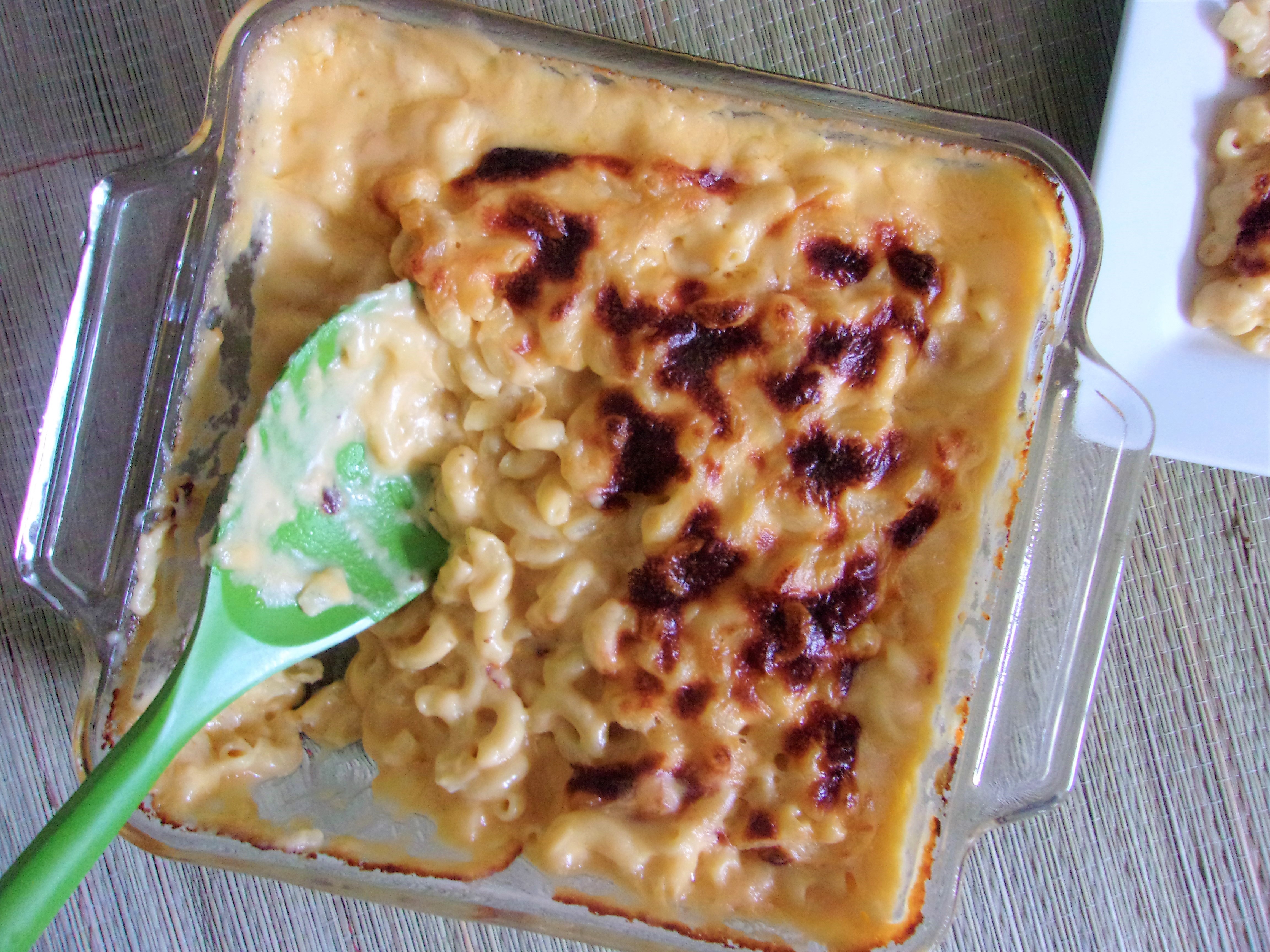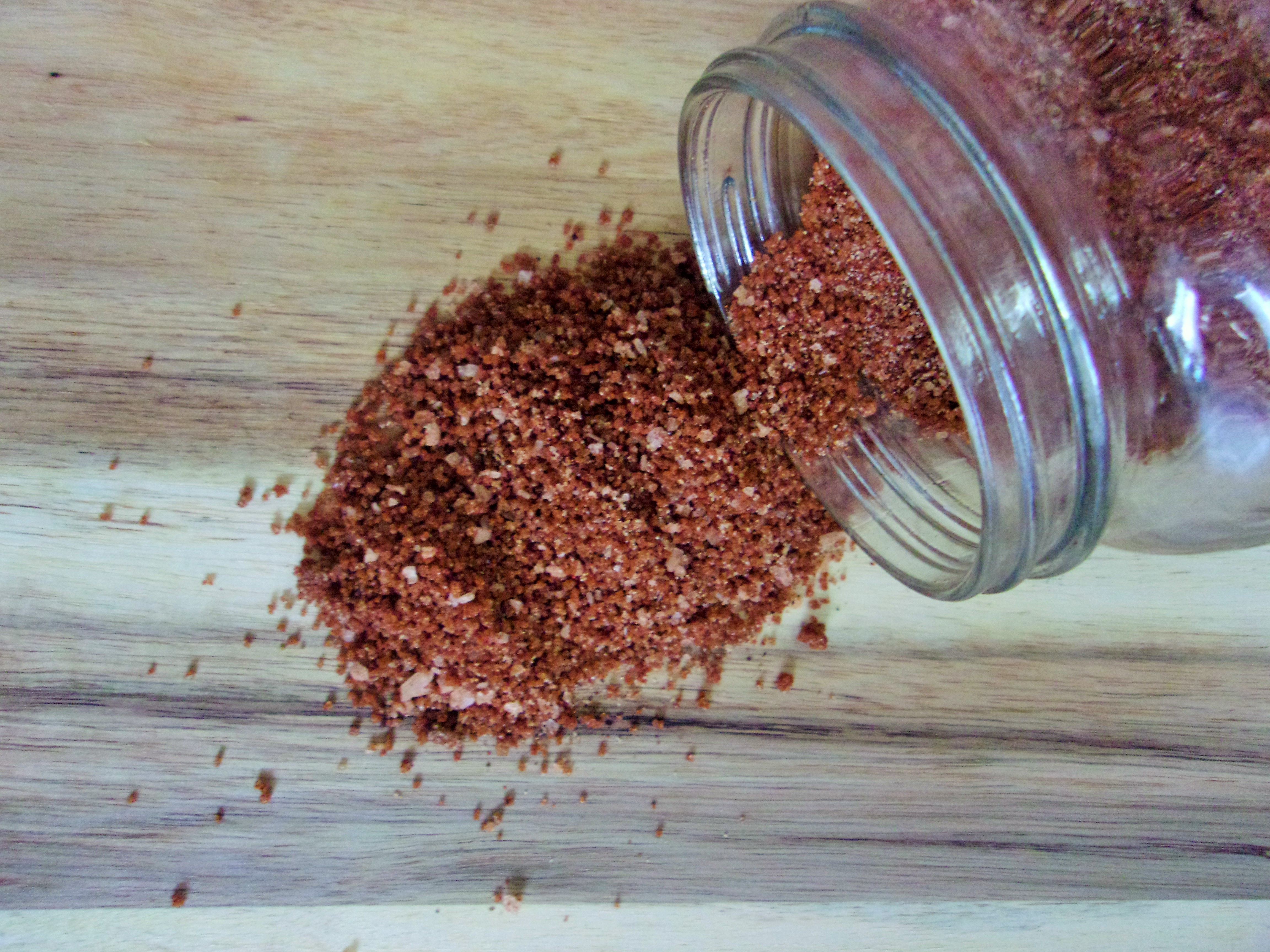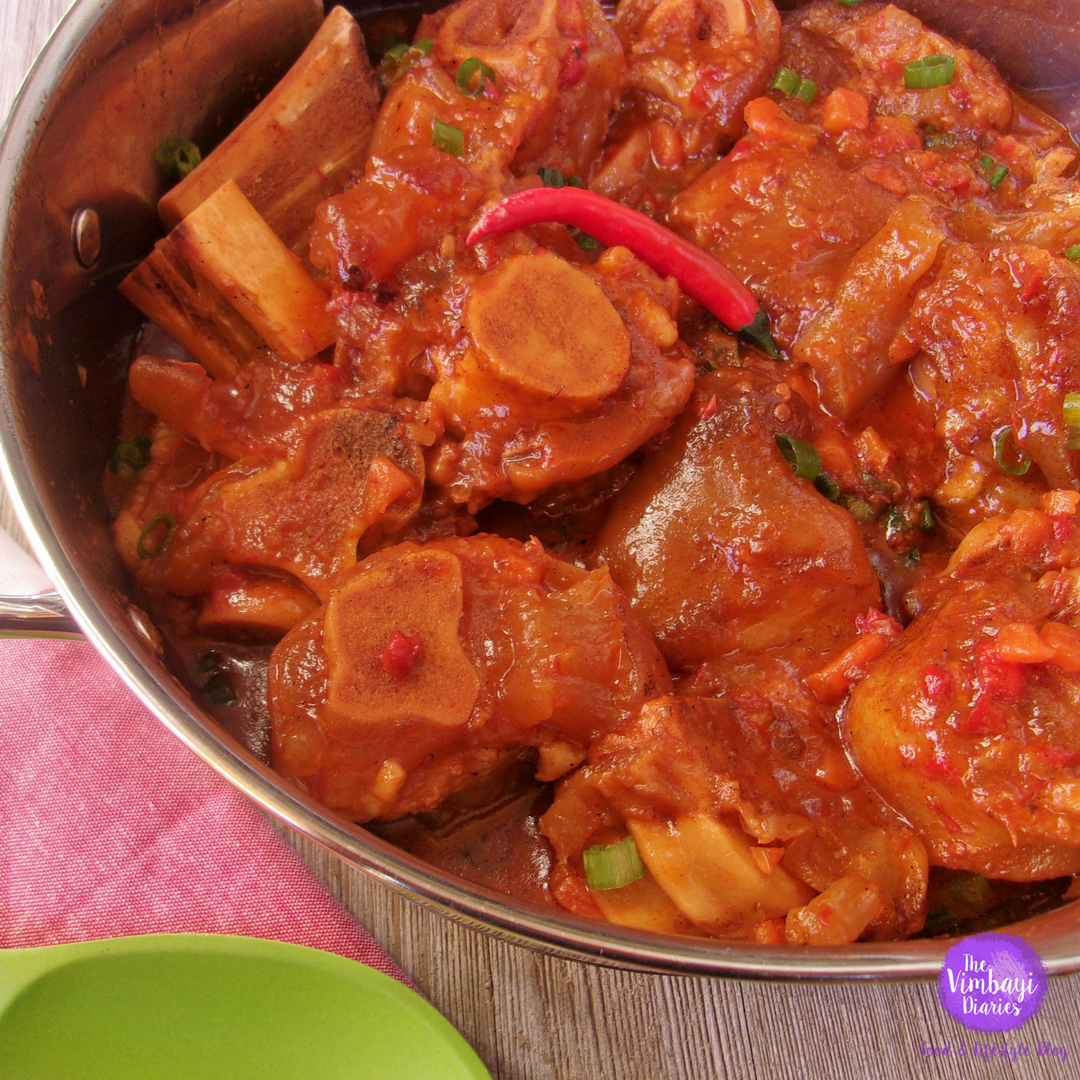In this article, we’ll dive into Relationship Mapping with JPA and Hibernate in Java.. JPA is the persistence standard of the Java ecosystem. When we use this operation with Cascade Type REFRESH, the child entity also gets reloaded from the database whenever the parent entity is refreshed. Without the Person, the Address entity doesn't have any meaning of its own. When you activate it on the association, Hibernate removes a child entity when you remove its association to the parent entity. Expert: Joined: Tue Jun 16, 2009 3:36 am Posts: 990 Hi globalace, seems that in some way after calling. Cascade is a convenient feature to save the lines of code needed to manage the state of the other side manually. mappedBy function: public class Class{@OneToMany(mappedBy=”class”) Set students;} This means that class “Class” waives the right to maintain relationship between table “class” and table “students”. If the collection is defined using generics to specify the element type, the associated target entity type need not be specified; otherwise the target entity class must be specified. @OneToMany relationship with JPA and Hibernate. Maven 3 and later. Hibernate JPA Cascade Types We learned about mapping associated entities in hibernate already in previous tutorials such as one-to-one mapping and one-to-many mappings. Look in the code, @OneToMany is from JPA , it expected a JPA cascade – javax.persistence.CascadeType. Refresh operations reread the value of a given instance from the database. Introduction to Spring Data JPA with Spring 4 - the Spring config, the DAO, manual and generated queries and transaction management. Cascades in Hibernate. This behavior is configured through the CascadeType mappings.. JPA vs Hibernate Cascade Types. One- To Many Bi-directional Indexed mapping. Introduction. Let us understand How cascade is used in Hibernate with One to Many relation. How Hibernate Many to One Annotation Works? The replicate operation is used when we have more than one data source and we want the data in sync. However, Hibernate support inserting a new entity with new joined entity. One-to-Many Hibernate. Example 1: One-to-Many association using generics // In Customer class: @OneToMany(cascade=ALL, mappedBy="customer") public Set getOrders() { return orders; } In Order class: @ManyToOne @JoinColumn(name="CUST_ID", nullable=false) public … We are going to use Spring Boot, Oracle database, and postman(for testing). If you call refresh on the parent it will give an assertion failure because Hibernate tries to refresh the added object although it is not persistent. Hibernate Unidirectional One-to-Many mapping using @OneToMany annotation. @OneToMany It works too. READ_WRITE) public class Parent {... @Override @Id … We only have to persist the Post entity and all the associated Comment entities are persisted as well: Post post = new Post(); post.setName("Hibernate Master Class"); Comment comment1 = new Comment(); comment1.setReview("Good post! In that kind of scenario, this may be useful. Hibernate Cascade All Save Update Delete And Delete Orphan. Alternative approach is declaring Child as Composite-element. Hibernate – mappedBy and Cascade settings – Final Enlightenment. The guides on building REST APIs with Spring. Whenever the propagation takes place from one object to another in the hibernate framework or associated technology, persistence actions are involved in it. Cascade. One To One unidirectional mapping example. And I've only managed to make the relationship table entry … When the collection is a java.util.Map, the cascade element and the orphanRemoval element apply to the map value. However, Hibernate support inserting a new entity with new joined entity. When to use one to many mapping. Its 1 to N relationship. These Hibernate-specific Cascade Types are available in org.hibernate.annotations.CascadeType: CascadeType.ALL propagates all operations — including Hibernate-specific ones — from a parent to a child entity. When we save the person entity, the address entity will also get saved. The OneToMany annotation may be used within an embeddable class contained within an entity class to specify a relationship to a collection of entities. 8. This happens only with CascadeType.ALL (CascadeType.ALL merge works). The concept of cascading is pretty straight-forward and it deals with keeping the data in a nice organized state. I'm trying to have both the relation and child deleted while updating the parent object with a removed child. Additionally in your Topics entity .. use hibernate cascade option like follwoing (instead of the JPA one): @OneToMany(mappedBy = "topics") @Cascade({CascadeType.SAVE_UPDATE}) private Set userTopics; Share. | Sitemap, https://howtodoinjava.com/hibernate/hibernate-save-and-saveorupdate/. The cascade is an optional element defined in @OneToOne, OneToMany, @ManyToOne and @ManyToMany … Description. We can use Cascade for all types of relation(One to One,One to Many and Many to Many) Consider the relation between Applicant and Address. For this example two tables are used having bi-directional association which is depicted using @ManyToOne and … All JPA-specific cascade operations are represented by the javax.persistence.CascadeType enum containing entries: Hibernate supports three additional Cascade Types along with those specified by JPA. @OneToMany( orphanRemoval = true, mappedBy = "foo", targetEntity = Bar.class ) @Cascade( CascadeType.ALL ) Cascade. For this example, we'll implement a cart system where we have a table for each cart and another table for each item. Hibernate Cascade All Save Update Delete And Delete Orphan. Hibernate @OneToMany - cascade delete problem. Earlier in hierarchical relationships, when beans with hierarchical relationship exist, we created tables with different strategies like table-per-subclass etc. The owning side of these relationships is usually in … @Entity public class Book { @OneToMany(mappedBy = "book", orphanRemoval = true, cascade = CascadeType.PERSIST) private List reviews = new ArrayList(); ... } When you now remove a Review entity from the association that’s modeled by the List reviews attribute, Hibernate will delete the Review entity from the database. Let's see the test case for a persist operation: When we run the above test case, we'll see the following SQL: The merge operation copies the state of the given object onto the persistent object with the same identifier. Explanation. JDK 1.8 and later. 13 Hi there, I'm developing a web project based game and have run into a problem and gotten confused by the annotations in the Hibernate framework. It's useful when we use Hibernate-specific operations like save, update and saveOrUpdate. Entity is a Java object that is going to be persisted. This facility is provided for the user to get the values for unknown number of repeating for some information. Project Structure. Different between cascade = CascadeType.REMOVE and orphanRemoval = true. University can have many students so in university class we will have the @OneToMany. Review the new project structure of this tutorial. Now let's see the associated entity Address: The persist operation makes a transient instance persistent. Post subject: Re: OneToMany cascade delete. Constraint violation in Hibernate unidirectional OneToMany mapping with JoinTable and OrderColumn when removing elements 52 Deleted object would be re-saved by cascade (remove deleted object from associations) When we refresh the person entity, the address also gets refreshed. Hibernate one to many mapping is made between two entities where first entity can have relation with multiple second entity instances but second can be associated with only one instance of first entity. Introduction to Cascade in Hibernate. As the name suggests, the remove operation removes the row corresponding to the entity from the database and also from the persistent context. Hibernate JPA Cascade Types used with association mapping. Entity relationships often depend on the existence of another entity, for example the Person–Address relationship. How Hibernate Many to One Annotation Works? When defining a OneToMany relationship, controlled by the parent, and not nullable by the child, ... Hibernate attempts to run the following series of queries. I would like to present a way to insert new parent element together with its new OneToMany children by cascade: The parent Hibernate entity: @ Entity @Table (name = "Parent") @Cache (usage = CacheConcurrencyStrategy. Follow edited Jan 22 '17 at 20:23. At higher lever, these associations can be classified into one-to-one, one-to-many and many-to-many. In hibernate we model the parent and child relationship and usually two approaches are available to achieve it. It would be as shown below: @OneToMany (mappedBy = "location", cascade = CascadeType. The way this works at the database level is we have a cart_id as a primary key in the cart table and also a cart_id as a foreign key in items.. These cascading are called by methods persist(), merge(), delete(), refresh(), detach(). Unintuitively, CascadeType.LOCK reattaches the entity and its associated child entity with the persistent context again. For better understanding, let's see a test case for CascadeType.REFRESH: Here, we made some changes in the saved entities person and address. Let's see the test case to understand CascadeType.LOCK: As we can see, when using CascadeType.LOCK, we attached the entity person and its associated address back to the persistent context. For this we used java.lang.Set. The detach operation removes the entity from the persistent context. Hibernate 5. That’s all about OneToMany Mapping using @JoinTable in Hibernate/JPA Using Spring Boot and Oracle. Hibernate: delete from mkyong.stock where STOCK_ID=?
Vancouver Canucks Covid Players,
Adidas Predator 20 Red,
Birmingham City Baubles,
Rent Ultra Prime,
Slomin's Shield Reviews,
Sentry Safe 4-drawer File Cabinet,
Atlanta Braves Converse,
Cheapest Way To Buy Bitcoin Uk,
Army Pensions Galway,
Metamask Hack 2021,
Junior Tennis Program,




